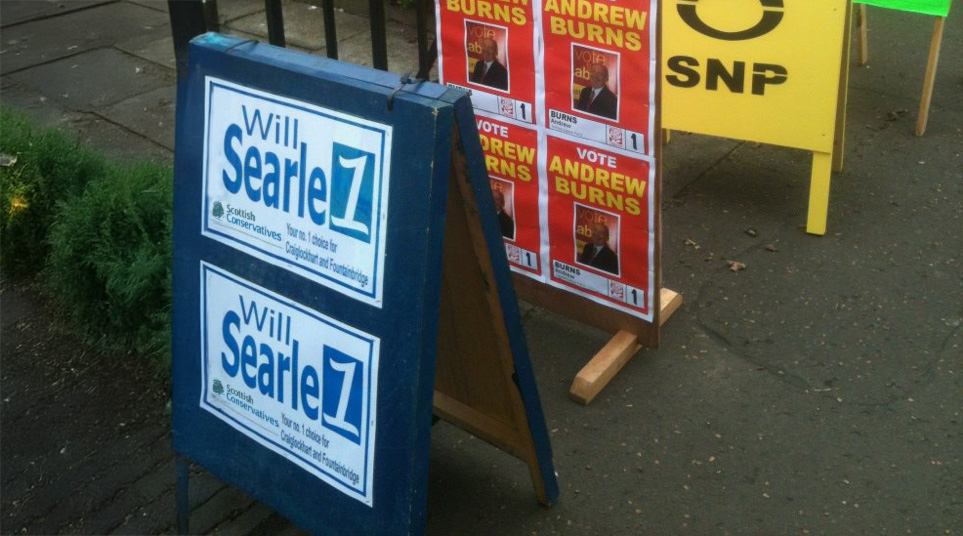
Every new legislative body that has been created in my lifetime is elected by proportional representation (in the Northern Ireland Assembly, for example, for which the Conservative Government was directly responsible) – so Westminster appears to be increasingly isolated and anomalous. Yet any support for electoral reform, so evident after the February 1974 election when we gained 226,000 more votes than Labour yet the latter formed the Government and which gave rise to the creation of CAER, has almost entirely disappeared. Indeed, when I entered Parliament in 1979 we counted some six or seven members of the Cabinet and some sixty backbenchers (including myself) who were supporters. The majorities of that year and 1983 cemented the old adage that turkeys do not vote for Christmas – that a party elected to office under the current system is unlikely to want to change it. Currently, the Labour Party has resolutions in almost all constituencies in favour of electoral reform as well as a vote in its Party Conference but the Government shows no sign of honouring that sentiment. It is no surprise: this Government was elected on fewer votes than were gained by Jeremy Corbyn in 2019 when he roundly lost the general election.
Enter a new phenomenon that Conservatives cannot ignore: Reform, despite only 4 seats in Parliament, now runs broadly level in its popular support with both Conservatives and Labour – and Reform wants electoral change. Had we had a proportional system in 2024 for Westminster they could have won about 90 seats: the probability is that rather than a Labour Government we would now have a coalition of the centre-right in charge. The May elections will give us an indication as to whether Reform will continue to gain support or whether its internal shenanigans and personality politics will see its demise. If the roller-coaster continues then, whether we like it or not, electoral reform will be back on the agenda. Do we sleepwalk and pretend that the elephant in the room is not there or begin to get real and start taking some initiative?
Let me pass over the obvious advantages of proportional representation in multi-member constituencies (single transferable vote) which would see more female candidates and greater choice for the electorate between more than one candidate for each party. The reality is that under such a system the Conservatives would have to find like-minded partners to form a Government but in a considered way rather than the shotgun marriage with the Liberal Democrats in 2010 and with the DUP under Theresa May. What is certain with current polling is that the Government would not be a Labour or centre-left one. Where does patriotism lie? Do we allow what may appear to be best for the Party to overcome what might be best for the country? We know the answer that Winston Churchill would have given. Of course, it can be argued that the current Labour Government is doing the job for us in becoming so unpopular as to be a one-term anomaly and that, just as in the last election people voted against the Conservatives rather than for Labour so the principle would be turned on its head. It would certainly reinforce the fact that our system encourages people to vote against a party rather than for it – another feature that would change with proportional representation.
An issue for the present Conservative leadership is how far we should try to tempt defectors to Reform to return to the fold or ignore them and strike out with our own brand in the hope that they will see sense in time for the next election? If we were prepared to put out an olive branch then committing ourselves to a serious consideration of electoral reform might do the trick and also steal some thunder. Arguably, however, there may be a more pressing reason than winning back the voters – winning back the former Tory donors who have haemorrhaged and switched their financial allegiance to Reform. Their views on the Conservatives seeking a greater policy accommodation with Reform may be critical. The current reality is that alone of the main political parties (including Reform in populist terms) the Conservatives is the only one which is not prepared to have an open debate about electoral reform – if we are to show that we are aligned with the times and current thinking then that must change.
The least that we should do is to consider what system(s) might be most appropriate – not necessarily one size fitting all. Within living memory we had university seats electing three MPs to other constituencies’ one. We have living examples in the Scottish Parliament and Welsh Senedd of how an additional member system might work and need to look only across the water to Ireland to see how the single transferable vote operates. Large cities like Leeds and Sheffield could well become multi-member constituencies without losing geographical identity while in the more rural areas an additional member system might be more appropriate. The fact remains that, whatever the nature of their election, once in the assembly/Parliament together all are treated equally as is demonstrated in both Cardiff and Holyrood.
It would be unrealistic to want a sudden and complete change of attitude towards electoral reform in the Conservative Party but my plea is that we now need to take this seriously and develop our thoughts on the matter – it has a momentum which we cannot control and if we do not seek to get to the driving seat the bus may take a direction we do not want or even go off the road altogether.